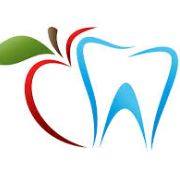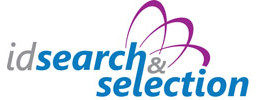Setting Clear Goals for Data Analysis
 Before diving into data analysis, we have to have a clear understanding of our client objectives and how they perceive and measure success. Their content goals should align with their brand strategy and reflect their value proposition and positioning. For instance, they may aim to increase brand awareness, generate leads, educate customers, or drive conversions. We ensure theirr content metrics are specific, measurable, achievable, relevant, and time-bound (SMART) to effectively track the outcomes and impacts of their content. Common metrics we use are reach, engagement, click-through rate, conversion rate, conversion cost among others.
Before diving into data analysis, we have to have a clear understanding of our client objectives and how they perceive and measure success. Their content goals should align with their brand strategy and reflect their value proposition and positioning. For instance, they may aim to increase brand awareness, generate leads, educate customers, or drive conversions. We ensure theirr content metrics are specific, measurable, achievable, relevant, and time-bound (SMART) to effectively track the outcomes and impacts of their content. Common metrics we use are reach, engagement, click-through rate, conversion rate, conversion cost among others.
Audience Segmentation through Data Analysis
Data analysis allows us to segment your audience into distinct groups based on their characteristics, needs, preferences, behaviors, and emotions. This segmentation enables us to create tailored content that addresses the specific problems, goals, and desires of each group. Tools such as Google Analytics, Facebook Insights, and email marketing platforms can help us identify and segment your audience for personalized content delivery, but we do use a number of oher tools to gain the required insight.
Typical contnet creation might include:
- Location-based content related to local events or news
- Interest-based content focused on hobbies or passions
- Stage-based content relevant to different points in the customer journey
- Behavior-based content based on user interactions, like clicks or shares
- Emotion-based content that speaks to their pain points or aspirations
By personalizing the content based on these segments, we can enhance its relevance, engagement, and conversion rates.
Testing and Optimizing Your Content
The final step in using data analysis for effective content creation is to test and optimize your materials. Tools like A/B testing, multivariate testing, and heatmaps can help identify the most effective versions of your content. When conducting tests, we consider various elements, such as:
- Headlines that capture your audience’s attention
- Visuals that effectively convey your message and evoke emotion
- Copy that clearly communicates the value and benefits of your content
- Layout that enhances readability and navigation
- Calls to action that encourage the desired response
By continually testing and optimizing your content, we can significantly enhance its effectiveness and efficiency.









